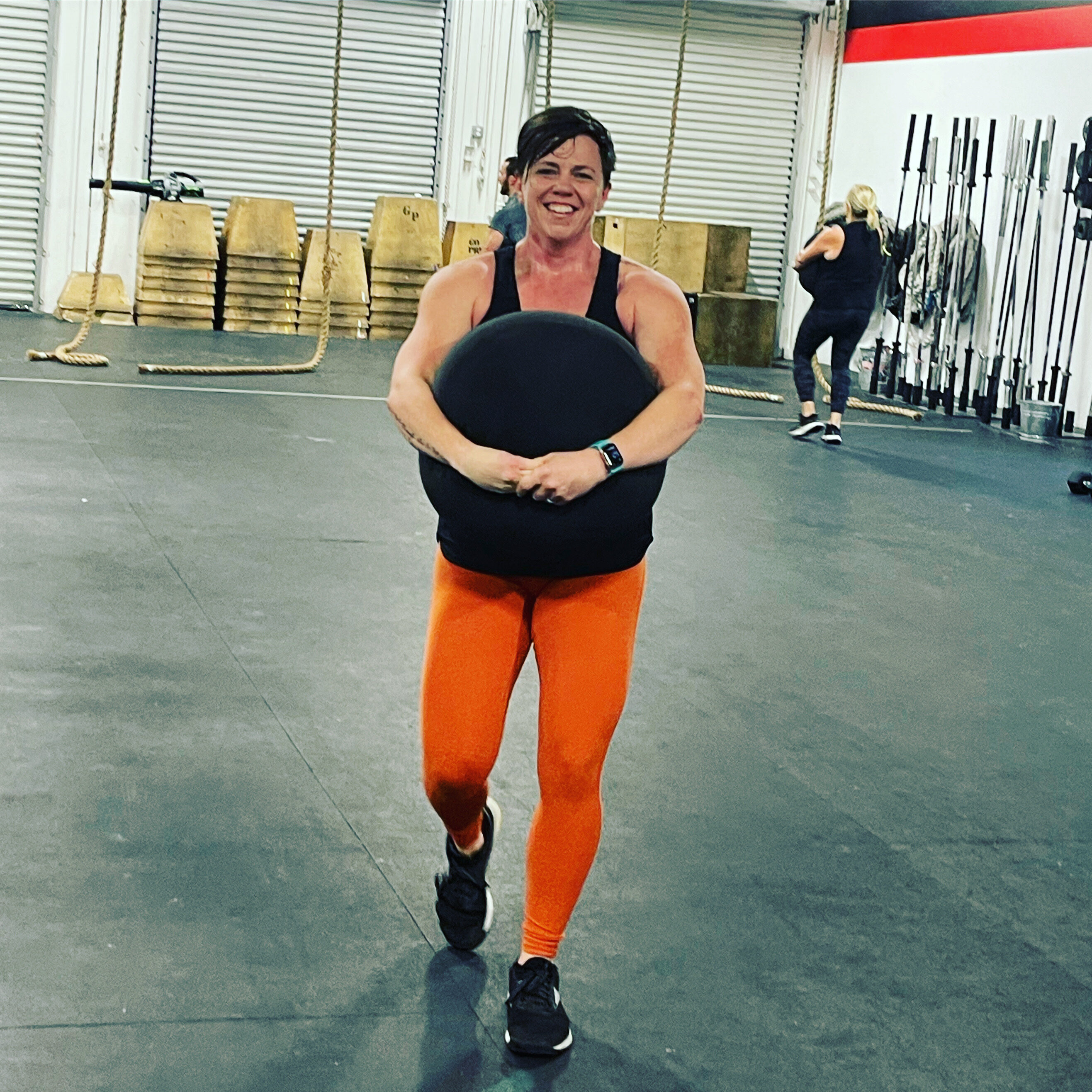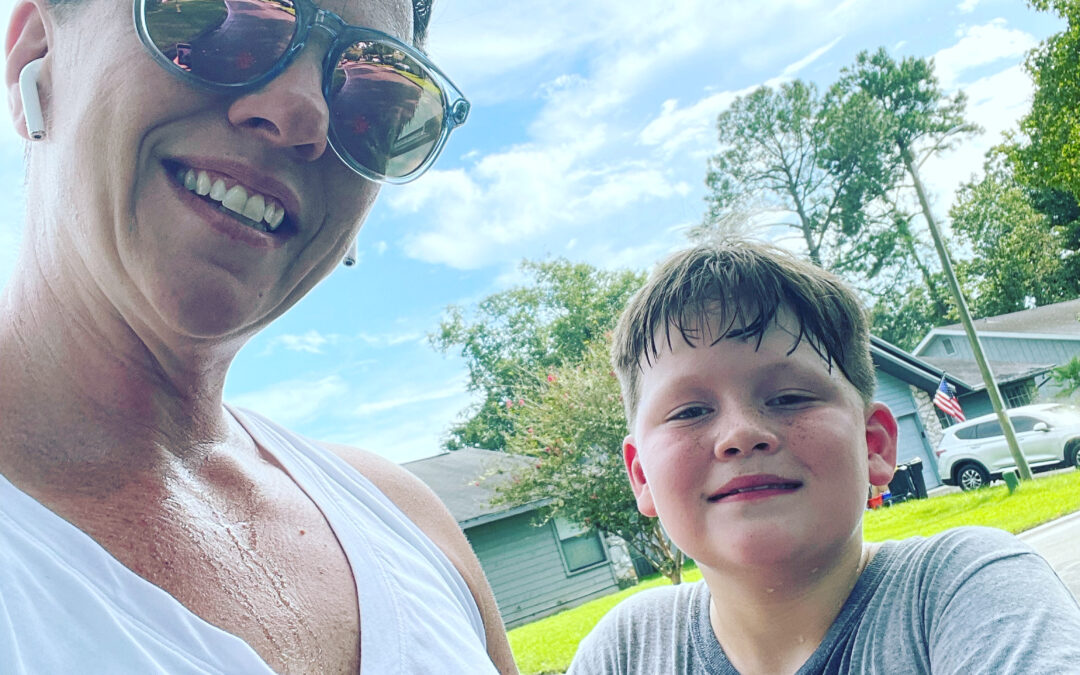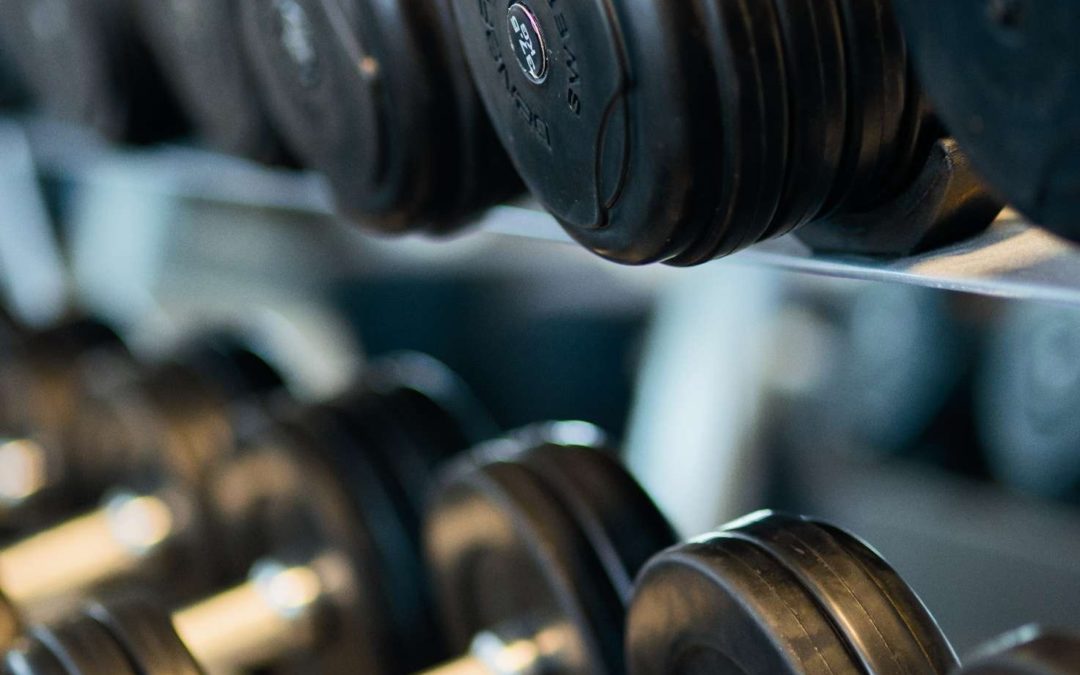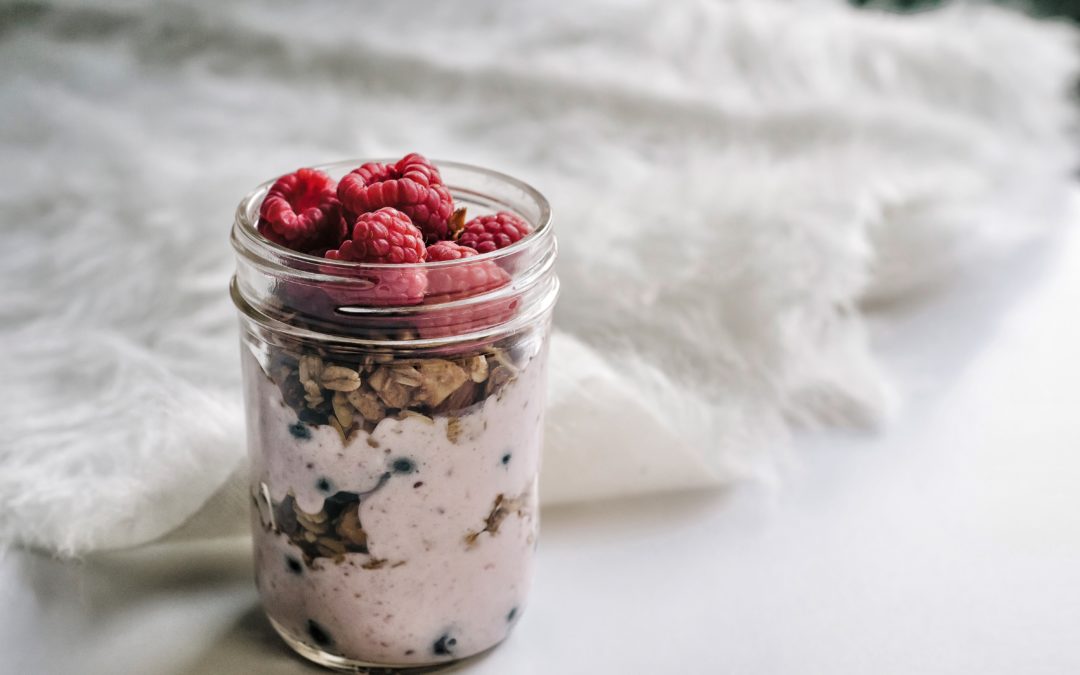
Introducing Eat the Banana Fitness – Online Personal Training
I am very excited to announce that I am now taking online personal training clients! I have retired as an Orangetheory Fitness coach but I still have a desire to help others feel stronger and more confident in their skin. Due to my full time job, I do not have time to train everyone in person so I decided to continue my passion for helping others through fitness via an online training platform called Trainerize.
What do you get when you work with me?
-
Customized Workout Plan: 2-3 personalized workout programs per week tailored to your specific goals, fitness level, and available equipment or space.
-
Exercise Demonstrations: An online library of exercise demo videos to ensure proper form and technique.
-
Goal Setting and Progress Tracking: Goal setting and habit tracking within the Trainerize app; re-evaluation of goals on a regular basis.
-
Individualized Nutrition Guidance: Nutrition advice and assistance; Precision Nutrition Level 1 and NCI Level 1 Coach.
-
Online Fitness Assessments: Free discovery call prior to training to go over injuries, preferences, and mobility issues.
-
Communication and Feedback: Access to yours truly through email, video calls, or chat platforms, to answer questions, provide feedback, and address concerns.
-
Habit Coaching: Help with establishing lifelong habits that lead to improved health and happiness.
-
Exercise Modifications and Adaptations: Adjusting workout plans to accommodate individual limitations, injuries, or special conditions, ensuring safe and effective training.
-
Access to Training Resources: Sharing educational materials, articles, videos, and other resources related to fitness, nutrition, and overall wellness.
-
Progress Evaluations: Conducting periodic assessments to measure clients’ progress, make necessary adjustments to their programs, and celebrate achievements.
-
Mindset and Mental Health Support: Offering guidance on cultivating a positive mindset, overcoming mental barriers, and promoting overall mental well-being in conjunction with physical fitness.
Package Options:
2 sessions a week (8 workouts per month) – Investment $250 per month
3 sessions a week (12 workouts per month) – Investment $300 per month
Custom packages available upon request
I realize that a lot goes into deciding to hire a personal trainer and I respect that it is a financial and time investment. Let me show you why physical fitness is an integral part of your happiness and health. I aim to inspire my clients and hope to be inspired by them as well.
I am so excited to start this journey in my fitness career and I hope that you are inspired to hear more. If you are ready to enhance your life through fitness with me, please reach out to me via Instagram to schedule your free discovery call!






